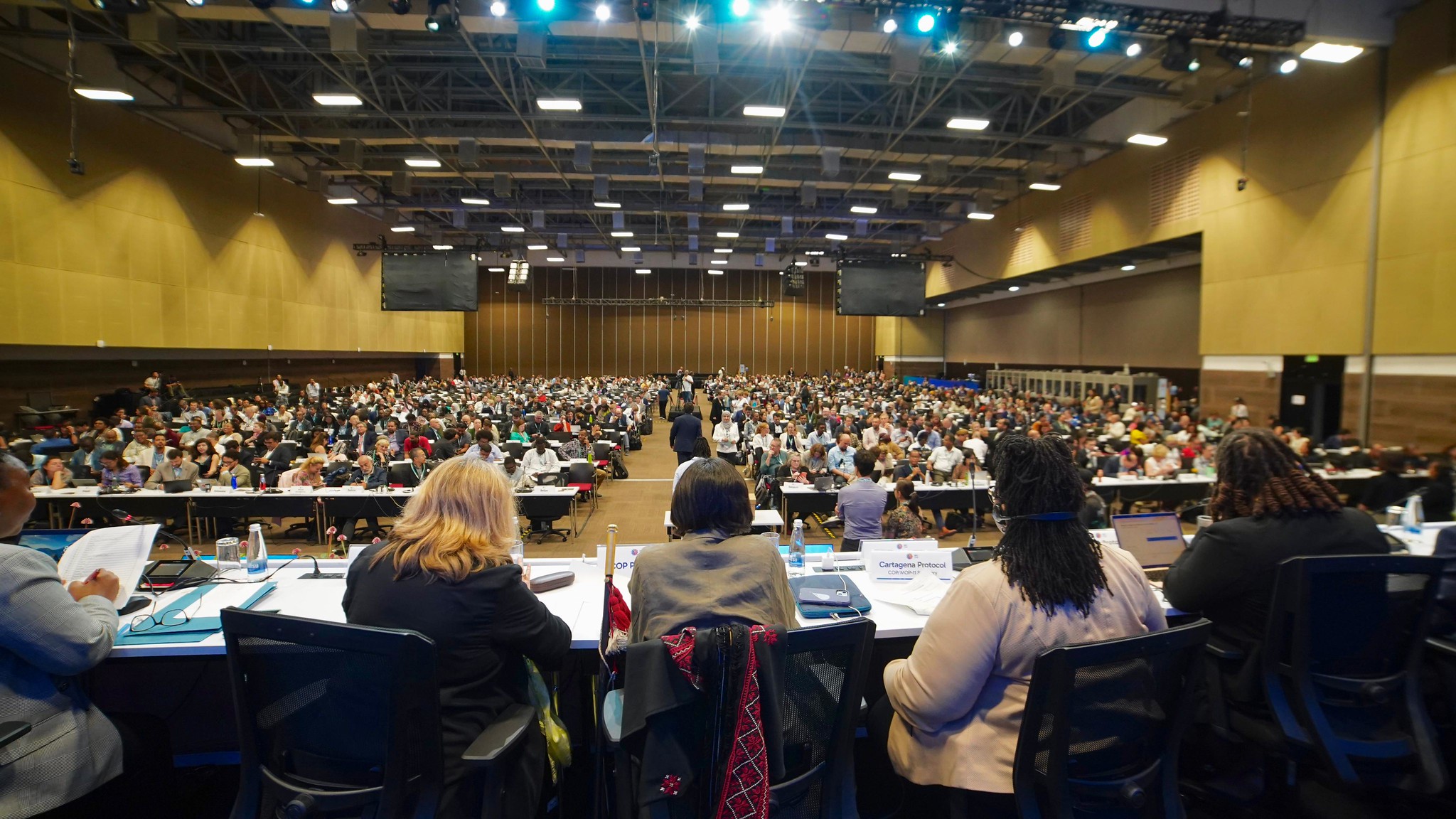The United Nations Biodiversity Conference of Parties, or COP16, took place in Cali, Colombia, from 21st October to 1st November 2024, and it has been deemed as a milestone for the preservation of biodiversity on our planet. Hailed as the biggest biodiversity COP ever, with a record number of delegates (around 23,000), a High-level Segment attended by six Heads of State, more than 130 Ministers and Vice Ministers, and over 70 leaders of international organisations, it brought together 196 countries with the aim of discussing and implementing effective actions for the conservation of biological diversity.
It follows COP15 (2022), which saw more than 200 nations agreed to the Kunming-Montreal Global Biodiversity Framework (GBF) that set 4 overarching goals and 23 targets to be met by 2030 to protect 30% of the planet’s land and oceans. Therefore, this year’s conference was pivotal, with high hopes for game-changing commitments and action plans to reverse biodiversity loss by 2030.
While negotiations on resource mobilisation were not concluded, along with other elements related to planning, monitoring, reporting and review, a number of notable decisions were taken:
- Indigenous and local communities secured their formal integration into decision-making processes within the UN Convention on Biological Diversity, recognizing the critical role these communities play in conserving biodiversity. The conference agreed to allocate 50% of the Cali Fund to support Indigenous initiatives.
- Governments agreed on a levy on products made using genetic data from nature; potentially creating one of the world’s largest biodiversity conservation funds. Turning biopiracy into biodiversity funding targets particularly industries like pharmaceuticals and agriculture that benefit from biodiversity-derived data.
- Significant progress was made for ocean conservation, with the introduction of an enhanced process for identifying Ecologically or Biologically Significant Marine Areas (EBSAs)—the ocean’s most critical and vulnerable regions, including areas in international waters. This is key to protecting marine biodiversity and promoting resilience.

Yet, COP16 failed to finalize a roadmap for a global biodiversity plan which would cement the achievements of the Kunming-Montreal Global Biodiversity Framework (GBF) of COP15, in 2022. Without a proper global monitoring framework, evaluating progress remains challenging.
While the GBF aims to mobilize $200 billion annually, including $30 billion from wealthy nations, funding commitments are still well below target. At COP16, countries pledged a combined $163 million, bringing the total to $400 million — far short of the goal. Developed nations are reluctant to increase public contributions to finance biodiversity goals.
While countries were expected to submit updated National Biodiversity Strategies and Action Plans, by the end of COP16, only 44 countries had submitted detailed action plans, while an additional 119 nations provided more general biodiversity targets without specific implementation strategies. There is progress, but there are gaps.
In the UK, the Wildlife Trusts warn us that only 4 out of 40 local environmental targets are on track to be met by 2030 and say the government must take “bold action for nature at home on the international stage”. The WTs have published “a new report Local to Global: the Global Biodiversity Framework and what the UK needs to do to implement it, which outlines the steps UK Government must take to reverse nature loss and meet global targets.” (COP16 | The Wildlife Trusts). Amongst those actions they call for:
🐬 Protection for at least 30% of land and sea
✅ A published plan to stop nature’s decline
🧪 Halving pesticide harm
💧 Cleaning up rivers
In sum, COP16 has reached some important milestones, but the conference was ultimately suspended with several critical issues left unresolved, reflecting an ongoing struggle to match ambition with tangible action.
Nevertheless, with the slogan “Peace with Nature”, it invited us to reflect on our relationship with the environment. We need to rethink our economic models and act together to preserve biodiversity for future generations.
By Dr. Adriana Consorte-McCrea, Sustainability Education Lead
Cover photo of COP16 Stocktaking Plenary
Sources:
 Sustainability
Sustainability Bethany Climpson
Bethany Climpson 820
820


